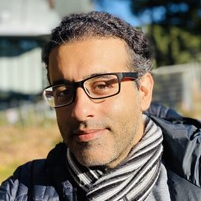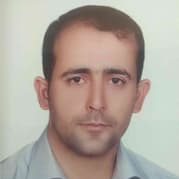Advanced Membrane Technology for Resource Recovery
A special issue of Membranes (ISSN 2077-0375). This special issue belongs to the section "Membrane Processing and Engineering".
Deadline for manuscript submissions: closed (20 April 2022) | Viewed by 11733
Special Issue Editors
Interests: direct lithium extraction; nanostructured materials; membrane; desalination; sensors
Special Issues, Collections and Topics in MDPI journals
Interests: chemical engineering; process design; molecular simulation; nanostructures; separation technologies
Special Issues, Collections and Topics in MDPI journals
Special Issue Information
Dear Colleagues,
This Special Issue is focused on novel membrane technologies for water treatment and resource recovery. Membranes play a very important role in the future of the world industry. In most conventional processes, membranes are used to separate impurities. In addition, membranes can also form a recycling/separation loop between raw materials and wastes, and they can be used in the recycling of usable materials from wastewater in this way. The development of the recycling industry using membrane-based technologies is both environmentally significant and economically attractive. Therefore, the scope of this Special Issue is membranes that are of use not only as industrial solutions for water treatment but also in recovering valuable materials from effluents. The Special Issue welcomes a variety of articles including original research, reviews, short communications, and industrial cases.
Dr. Amir Razmjou
Dr. Reza Maleki
Guest Editors
Manuscript Submission Information
Manuscripts should be submitted online at www.mdpi.com by registering and logging in to this website. Once you are registered, click here to go to the submission form. Manuscripts can be submitted until the deadline. All submissions that pass pre-check are peer-reviewed. Accepted papers will be published continuously in the journal (as soon as accepted) and will be listed together on the special issue website. Research articles, review articles as well as short communications are invited. For planned papers, a title and short abstract (about 100 words) can be sent to the Editorial Office for announcement on this website.
Submitted manuscripts should not have been published previously, nor be under consideration for publication elsewhere (except conference proceedings papers). All manuscripts are thoroughly refereed through a single-blind peer-review process. A guide for authors and other relevant information for submission of manuscripts is available on the Instructions for Authors page. Membranes is an international peer-reviewed open access monthly journal published by MDPI.
Please visit the Instructions for Authors page before submitting a manuscript. The Article Processing Charge (APC) for publication in this open access journal is 2700 CHF (Swiss Francs). Submitted papers should be well formatted and use good English. Authors may use MDPI's English editing service prior to publication or during author revisions.
Keywords
- membrane technology
- recycling
- process integration
- wastewater treatment
- separation technologies
- industrial application







